When most employees and employers think about workplace disputes, they immediately focus on unfair dismissals. However, South African labour law provides protections against a much broader range of unfair employer conduct through provisions on unfair labour practices and constructive dismissals. Understanding these concepts is crucial for both employers and employees to maintain fair workplace relationships.
According to Section 186(2) of the Labour Relations Act, an unfair labour practice is defined as “any unfair act or omission that arises between an employer and employee.” Importantly, these disputes typically occur while the employment relationship is ongoing.
The Act specifically identifies four categories of unfair labour practices:
This includes precautionary suspensions without pay or disciplinary measures (like warnings) that are either substantively or procedurally unfair.
This applies when an employer has committed to re-employ former employees (often after retrenchment) but fails to honour that commitment.
This protects whistleblowers from suffering negative consequences (other than dismissal) for making protected disclosures.
A common misconception relates to employee benefits. The unfair labor practice provisions cannot be used to acquire new benefits that employees desire but don’t currently have. This distinction between “rights disputes” (protecting existing entitlements) and “interest disputes” (acquiring new benefits) is fundamental. The latter should be addressed through collective bargaining, not CCMA referrals.
If the CCMA determines that an unfair labour practice has occurred, arbitrators have wide a discretion to determine appropriate remedies. According to Section 193(4) of the LRA, they may award:
The remedy must be “just and equitable in all circumstances.”
A constructive dismissal occurs when an employee resigns because the employer has made continued employment intolerable. Section 186(1)(e) of the LRA recognizes this as a form of dismissal, despite the fact that technically it’s the employee who terminates the relationship.
The last element is particularly important, as highlighted in the case of Sanlam Life Insurance Limited v Mogomatsi and Others (CA12/2022) [2023] ZALAC 15 (17 August 2023). In this case, an employee claimed a combination of factors, including his employer’s failure to consider his mental wellbeing and to deal with his mental health sensitively, which he alleged made his working conditions intolerable, but the Labour Appeal Court ruled against him. The LAC found his employer had no indication that his mental health was impacting his work as he did not communicate any issues until after resigning.
Another form of constructive dismissal is recognized under Section 186(1)(f), specifically related to business transfers. When a business is transferred as a going concern under Section 197, the new employer must provide terms and conditions of employment to the transferring employees that are “on the whole no less favorable” than before. If an employee resigns because the new conditions are substantially less favorable, this can constitute constructive dismissal.
For Employers:
For Employees:
Understanding these legal frameworks helps create fairer workplaces while providing appropriate remedies when unfair practices occur. Both employers and employees benefit from resolving these issues internally whenever possible, maintaining productive working relationships rather than escalating to external dispute resolution.
When most employees and employers think about workplace disputes, they immediately focus on unfair dismissals. However, South African labour law provides protections against a much broader range of unfair employer conduct through provisions on unfair labour practices and constructive dismissals. Understanding these concepts is crucial for both employers and employees to maintain fair workplace relationships.
According to Section 186(2) of the Labour Relations Act, an unfair labour practice is defined as “any unfair act or omission that arises between an employer and employee.” Importantly, these disputes typically occur while the employment relationship is ongoing.
The Act specifically identifies four categories of unfair labour practices:
This includes precautionary suspensions without pay or disciplinary measures (like warnings) that are either substantively or procedurally unfair.
This applies when an employer has committed to re-employ former employees (often after retrenchment) but fails to honour that commitment.
This protects whistleblowers from suffering negative consequences (other than dismissal) for making protected disclosures.
A common misconception relates to employee benefits. The unfair labor practice provisions cannot be used to acquire new benefits that employees desire but don’t currently have. This distinction between “rights disputes” (protecting existing entitlements) and “interest disputes” (acquiring new benefits) is fundamental. The latter should be addressed through collective bargaining, not CCMA referrals.
If the CCMA determines that an unfair labour practice has occurred, arbitrators have wide a discretion to determine appropriate remedies. According to Section 193(4) of the LRA, they may award:
The remedy must be “just and equitable in all circumstances.”
A constructive dismissal occurs when an employee resigns because the employer has made continued employment intolerable. Section 186(1)(e) of the LRA recognizes this as a form of dismissal, despite the fact that technically it’s the employee who terminates the relationship.
The last element is particularly important, as highlighted in the case of Sanlam Life Insurance Limited v Mogomatsi and Others (CA12/2022) [2023] ZALAC 15 (17 August 2023). In this case, an employee claimed a combination of factors, including his employer’s failure to consider his mental wellbeing and to deal with his mental health sensitively, which he alleged made his working conditions intolerable, but the Labour Appeal Court ruled against him. The LAC found his employer had no indication that his mental health was impacting his work as he did not communicate any issues until after resigning.
Another form of constructive dismissal is recognized under Section 186(1)(f), specifically related to business transfers. When a business is transferred as a going concern under Section 197, the new employer must provide terms and conditions of employment to the transferring employees that are “on the whole no less favorable” than before. If an employee resigns because the new conditions are substantially less favorable, this can constitute constructive dismissal.
For Employers:
For Employees:
Understanding these legal frameworks helps create fairer workplaces while providing appropriate remedies when unfair practices occur. Both employers and employees benefit from resolving these issues internally whenever possible, maintaining productive working relationships rather than escalating to external dispute resolution.



